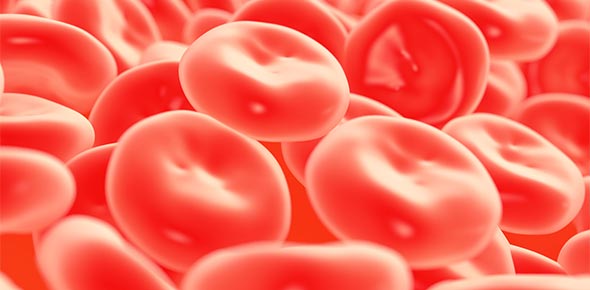Related Flashcards
Related Topics
Cards In This Set
| Front | Back |
|
Dynamic susceptibility contrast magnetic resonance imaging (DSC-MRI) is a technique that tracks the first pass of an exogenous, paramagnetic, nondifusible contrast agent through a given tissue. The technique was first described by
|
Villringer et al in 1988.
|
|
DSC-MRI uses rapid measurements of MRI signal change following the injection of a paramagnetic contrast agent with a high magnetic moment, typically a gadolinium chelate, which leads to a significant
|
Decrease in brain signal intensity on spin echo (SE) and gradient echo (GRE) echo planar imaging (EPI) images.
|
|
This magnetic susceptibility effect results from local magnetic field gradients induced by
|
Intravascular compartmentalization of the contrast agent and it dominates the T1 relaxation enhancement due to direct interaction of intravscular protons with the coordination sphere of the gadolinium chelate.
|
|
The signal loss resulting from the first passage of the contrast agent bolus on T2 or T2* weighted images is used to evaluate
|
The change in contrast agent concentration occurring in each voxel of the image.
|
|
The application of a kinetic model based in general on the nondiffusible tracer theory, also called indicator dilution theory, allows estimation of quantitative maps of
|
Cerebral blood flow (CBF), cerebral blood volume (CBV), and mean transit time (MTT).
|
|
However, although the contrast agent is compartmentalized within the vascular space in healthy brain during the first pass when the concentration of gadolinium is the highest,
|
Its susceptibility effects are exerted beyond vessel walls.
|
|
In general, relative cerebral blood volume (rCBV) is correlated with
|
Tumor grade, with higher values in high-grade gliomas compared to low-grade tumors.
|
|
Law et al found that an rCBV ratio threshold of
|
1.75 resulted in 95.0% sensitivity, 57.5% specificity, 87.0% positive predictive value, and 79.3% negative predictive value to determine high grade gliomas.
|
|
A recent small study in 17 patients with histologically proven nonenhancing gliomas found that
|
Using maximum rCBV normalized to contralateral normal-appearing white matter, a threshold of 0.94 resulted in 90.9% sensitivity and 100% specificity to differentiate high-grade from low-grade gliomas.
|
|
Law el al found that tumors with a baseline rCBV ratio < 1.75 had a significantly longer time to progression than for those > 1.75 (P < 0.005). The authors suggested
|
That the results of the study imply that baseline rCBV may be a stronger predictor of patient outcome than initial histopathologic diagnosis.
|
|
A study of 13 patients with low-grade gliomas by Danchaivijitr et al found that for those tumors undergoing malignant transformation, a significant increase in
|
RCBV could be detected 12 months before contrast enhancement can be seen on conventional T1 weighted imaging. In addition, there was also significantly higher rates of change of rCBV between two successive examination timepoints in transformers compared to nontransformers.
|
|
In a recent study of 59 newly diagnosed glioblastoma patents with new or enlarging contrast-enhancing lesions following chemoradiation with temozolomide, Kong et al reported that an
|
RCBV ratio > 1.47 had an 81.5% sensitivity and 77.8% specificity to differentiate pseudoprogression from true early progression.
|
|
Another recent study used changes in histogram shape (percent change of skewness and kurtosis) of normalized rCBV to differentiate true early progression from pseudoprogression in GBM patients with an area under the ROC curve of
|
0.934 (95% confidence interval: 0.855 - 0.977), with 85.7% sensitivity and 89.2% specificity.
|
|
A small study in metastatic brain tumors treated with stereotactic radiosurgery by Mitsuya et al demonstrated that an rCBV ratio of greater than
|
2.1 provided superior diagnostic accuracy with sensitivity and specificity for diagnosing recurrent tumor at 100% and 95.2%, respectively, while a study by Hoefnagels et al reported an rCBV ratio of 2 to have 85% and 92% sensitivity and specificity, respectively.
|
|
Among the many peculiar features of the central nervous system (CNS) is the presence of a BBB that, when intact, compartmentalizes gadolinium-based contrast agents
|
Within the intravascular compartment and thus provides a unique physiological environment suitable for DSC-MRI.
|






